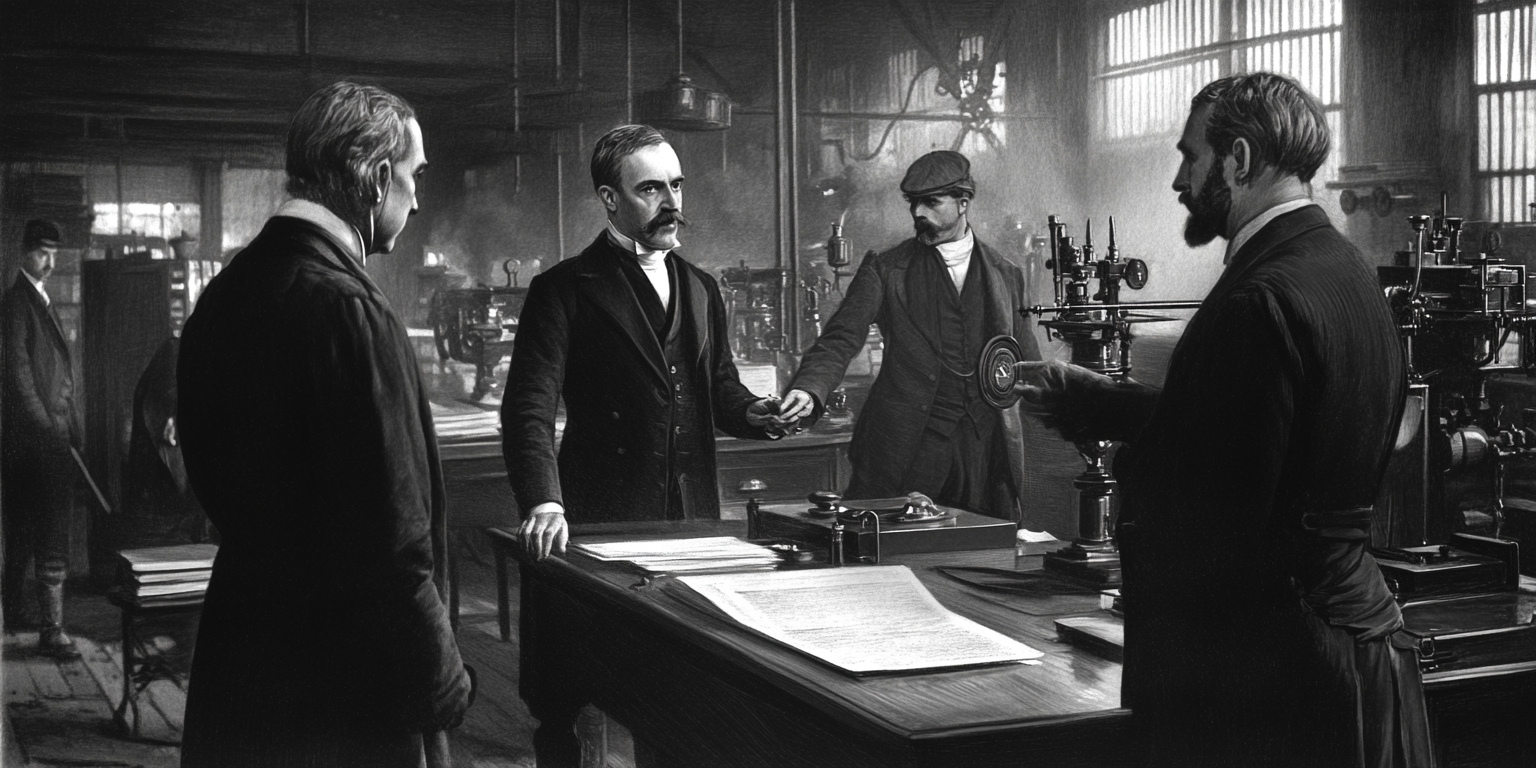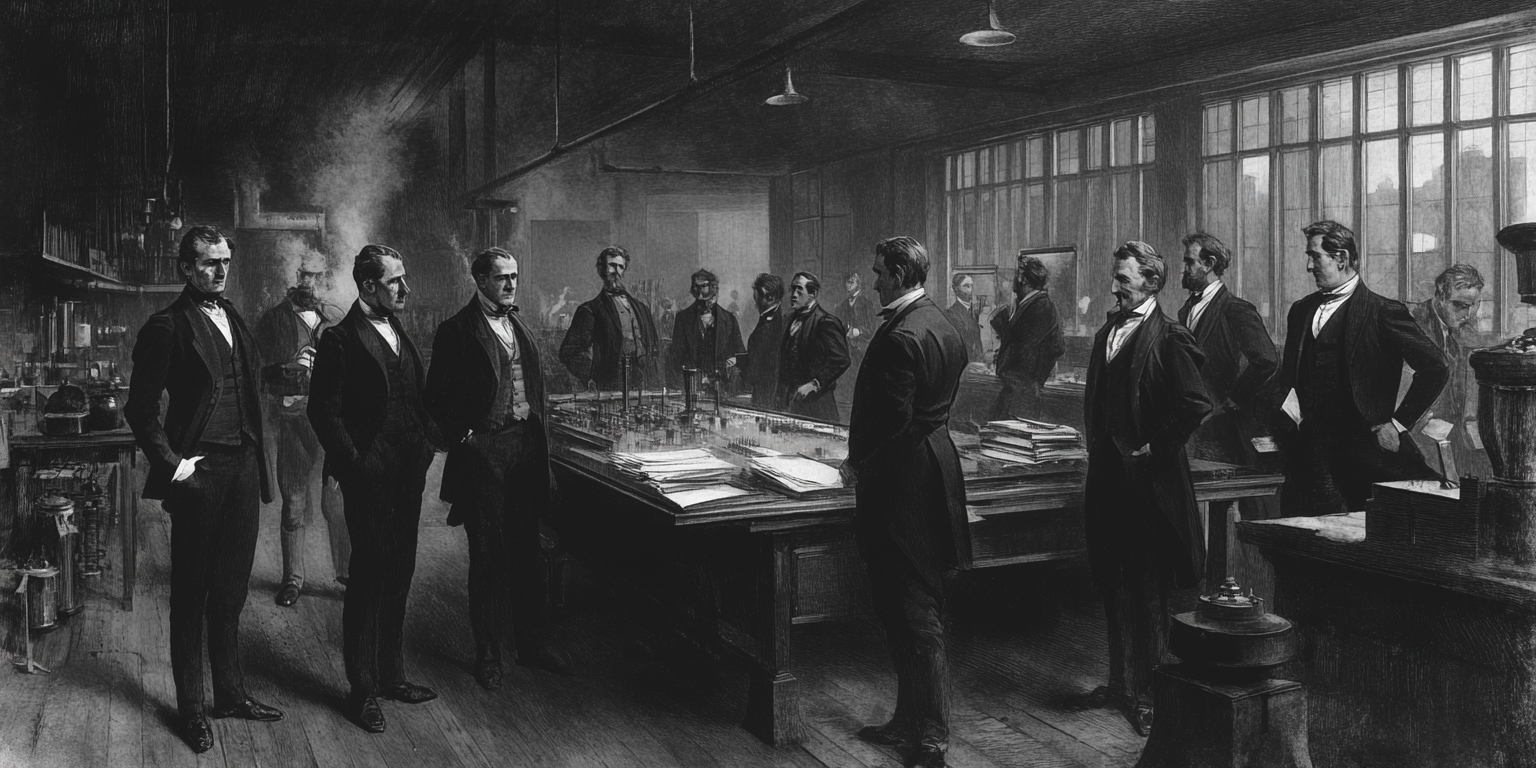Marketing, From Yesterday for Tomorrow
Why Understanding the History of Marketing is Key to Shaping Its Future
In the world of marketing, we often find ourselves fixated on what’s new. Trends like AI, social commerce, and influencer marketing dominate discussions. But while it’s important to keep an eye on the horizon, but it’s often crucial to look back. The history of marketing isn’t just a dusty textbook subject; it’s a treasure trove of insights that can help marketers prepare for the future. Here’s why paying attention to marketing’s past matters and how it can inform tomorrow’s strategies.
The Marketing Made Clear Podcast
This article features content from the Marketing Made Clear podcast. You can listen along to this episode on Spotify:
The Evolution of Marketing: From the Marketplace to the Metaverse
To understand the importance of history, we must first acknowledge how marketing has evolved over the centuries:
-
Pre-Industrial Revolution: Marketing was as simple as market traders shouting about wares in a marketplace and hand painted signage. Back then, the focus was on direct, face-to-face communication.
-
Industrial Revolution: Mass production required mass communication. Newspapers, posters, and flyers became the tools of choice, messages could reach far wider audiences than ever before.
-
20th Century Boom: From the Mad Men-era of print and television ads to the direct mail campaigns of the 80s, marketing became more sophisticated and engaging.
-
Digital Revolution: The late 90s and 2000s saw the “dot com boom”, with the rise of email marketing, SEO, and social media, changing how brands interact with their audiences.
-
Today’s Landscape: We’re living in an age of hyper-personalisation, where “data is king”, automation is taken for granted, and the consumer’s journey is mapped across multiple channels.
Looking back through the different eras – you can see how marketers adapted and “exploited” or, took advantage of the opportunities that materialised. The key learning though, is how companies adapted to new technologies… the ones that didn’t do so well, often had an over-reliance on a specific communications channel or outdated style of campaign. But looking at some of these older campaigns can get your creative juices flowing if you’re trying to come up with something new in our more modern landscape.

History Offers Context for Current Trends
The explosion of digital marketing didn’t happen in a vacuum. It emerged from decades of trial and error. For example:
-
Content Marketing: Often heralded as a modern concept, content marketing’s roots go back to 1895 when John Deere published The Furrow magazine to educate farmers. Understanding this lineage reminds us that valuable, audience-focused content has always been a cornerstone of successful marketing. Another great example would be the first Michelin Guide published in 1900 which was to encourage drivers to take trips (and subsequently buy more tyres) – this led to the “Michelin Star” we all know and associate with cuisine today!
-
Influencer Marketing: Before Instagram stars, there were celebrity endorsements. The only difference is the scale and platform. Knowing this allows marketers to see influencers not as a trend but as part of a long-standing tradition of leveraging social proof. It’s generally understood that the first celebrity endorsement was in the 1760s, when Josiah Wedgwood, the founder of Wedgwood pottery, used royal endorsements to promote his products.
Historical knowledge provides perspective. It helps marketers recognise that many “new” strategies are simply old ideas in new packaging. This realisation can prevent over-investment in fads while encouraging investment in tried-and-tested principles.

Lessons from the Past to Prepare for the Future
Looking back can help marketers anticipate what’s next. Here are three key lessons:
1. Adaptability is Essential
The shift from print to radio, radio to television, and television to digital underscores one constant: change. Marketers who failed to adapt to new mediums – think of brands that dismissed the internet in the 90s – paid the price (Toys ‘R Us and Woolworths are good examples). Similarly, marketers today must remain agile as AI, augmented reality, and other technologies redefine the landscape.
2. Ethics and Transparency Matter
Scandals like false advertising in the 20th century led to stricter regulations and consumer distrust. Fast forward to today, and transparency is more critical than ever, especially with data privacy concerns. Marketers can learn from past missteps to ensure their practices build trust rather than erode it.
A prominent example of false advertising from the 20th century is the Tipalet Cigarettes campaign in the 1960s. The advertisements famously claimed that smoking their cigarettes would make individuals more attractive and socially desirable, even suggesting that blowing smoke in someone’s direction could enhance romantic appeal. The tagline, Blow in her face and she’ll follow you anywhere, was both misleading and offensive by today’s standards.
This campaign not only downplayed the serious health risks of smoking but also used blatantly deceptive tactics to glamorise cigarettes. The wider tobacco industry at the time often engaged in similar practices, leading to significant consumer backlash and eventual regulatory reforms such as bans on cigarette advertising on TV and stricter health warnings on packaging.

3. Human Connection is Timeless
Despite all the technological advances, marketing remains fundamentally about people. From early marketplace bartering to today’s personalisation algorithms, the goal is the same: to understand and meet human needs. By keeping this in focus, marketers can ensure their strategies remain relevant.

Predicting Future Trends with Historical Insights
While it’s impossible to predict the future with certainty, historical patterns can offer clues. For instance:
- New Mediums, Same Principles: Whether it’s the metaverse or quantum computing, new platforms will emerge. The key will be applying foundational marketing principles – like storytelling and relationship-building – to these platforms.
- Cycles of Consumer Behaviour: Economic downturns, technological disruptions, and cultural shifts often repeat in cycles. By studying past responses, marketers can craft proactive strategies.
- Integration Over Isolation: The history of marketing shows that no channel exists in isolation for long. Future success will likely depend on creating seamless, omnichannel experiences.
Conclusion: The Power of a Balanced View
Marketing’s history isn’t a collection of irrelevant anecdotes; it’s a guidebook for navigating the ever-changing landscape. By understanding where the field has been, marketers can make informed decisions about where it’s headed. The key lies in balance—keeping one eye on the past and the other on the future.
So, the next time you’re tempted to dismiss history as irrelevant, remember this: marketing’s future is shaped by its past. Embrace it, learn from it, and you’ll be better equipped to innovate in the years to come.


